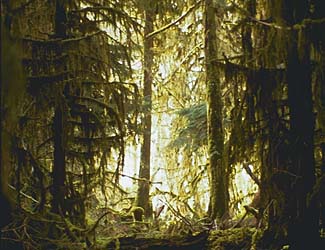
Home | About Us | How to Participate | Biodiversity Modules | Projects | Maps | News | Resources
GAP Analysis Predicted Distribution Map

Home | About Us | How to Participate | Biodiversity Modules | Projects | Maps | News | Resources
Species Code: STOC
|
Metadata (Data about data or how the map was made)
Habitat
This species is uncommon and declining in mature coniferous forests with dense canopy cover at low and moderate elevations. On the east slope of the Cascades, they can be found at moderate elevations in suitable habitat, but do not occur in much of the Pasayten region of Okanogan County. It does not occur in open forests at higher elevations.

Good habitat in core areas of use included all mid- and late-seral closed-canopy conifer forests in the following zones: Sitka Spruce, Western Hemlock, Silver Fir, Mountain Hemlock, Interior Douglas-fir, Olympic Douglas-fir, Grand Fir, Interior Western Hemlock, and Subalpine Fir. Peripheral habitat included closed conifer forest of the Ponderosa Pine zone.
Washington breeders represent the northern subspecies , S. o. caurina. A nesting pair of Spotted Owls requires from 2000 to 5000 acres of conifer forest, chiefly Douglas-fir. Current management plans for Spotted Owls provide habitat for 1500 - 2000 territories, clustered in groups to aid in juvenile owl dispersal. Juvenile dispersal is perhaps the leading cause of mortality - 80% or more of young Spotted Owls do not survive the dispersal stage to establish territories. Two independently derived statistical population models predicted serious declines in Spotted Owl populations over the next 100 years, based on current management schemes and known life-history data. The fragmentation of conifer forests has lead to increased occupation by Great Horned Owls and, in the past 20-30 years, the invasion of Barred Owls. Great Horned Owls are known to prey on Spotted Owls opportunistically, especially on dispersing juveniles. Where Barred Owls invade Spotted Owl habitats competition occurs, usually to the detriment of Spotted Owls. Two Barred Owl/Spotted Owl (Sparred Owl) hybrids are known from western Washington.
Translated from the Washington Gap Analysis Bird Volume by Uchenna Bright
Text edited by Gussie Litwer
Webpage designed by Dave Lester